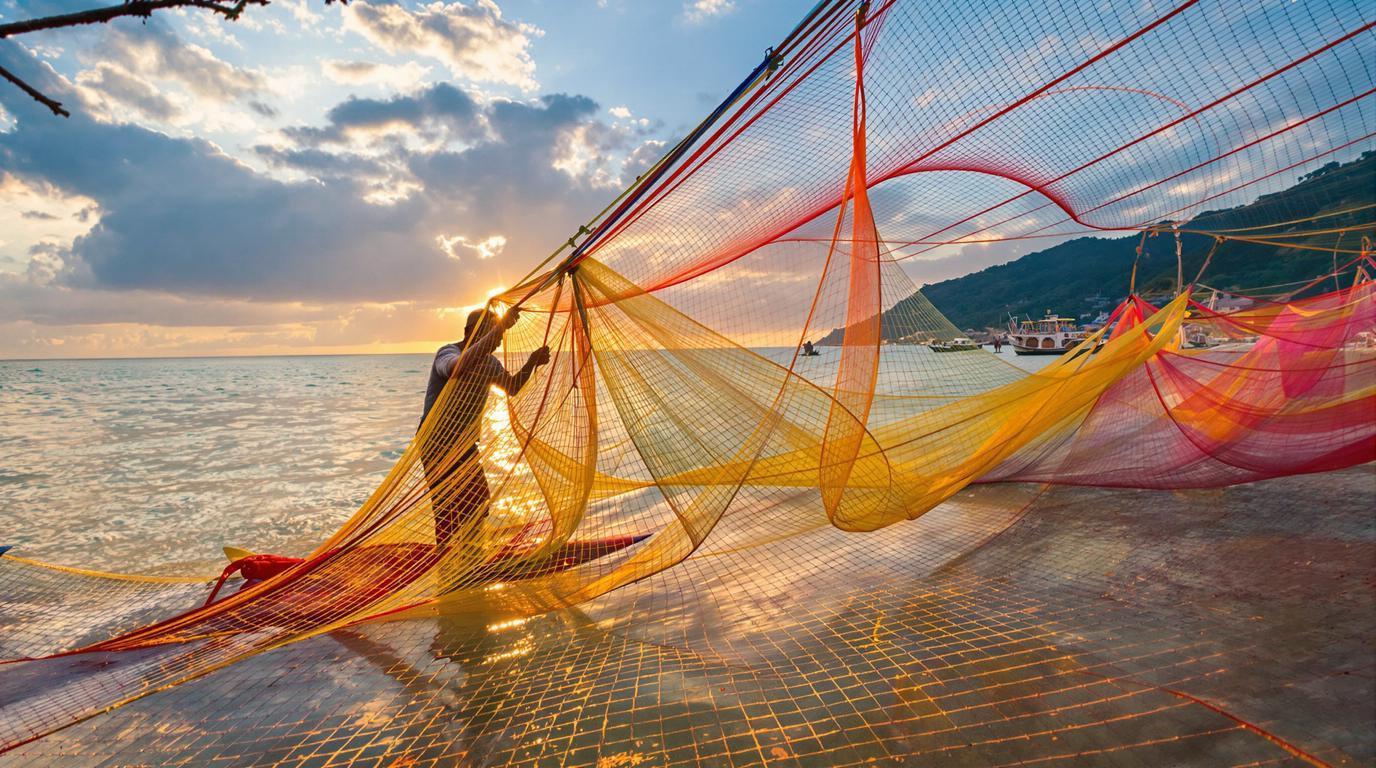Standing on the pristine shores of Koh Lanta, watching Chao Ley fishermen mend their nets at dawn, I understood why this island’s 24,000 residents guard their home so fiercely. Unlike Phuket’s Instagram-saturated beaches, this Thai sanctuary remains deliberately hidden from social media algorithms. The locals don’t want their multi-ethnic paradise turning into another tourist trap, and they’re taking unprecedented steps to protect it.
What makes Koh Lanta different isn’t just its untouched beauty—it’s the active resistance of three distinct communities working together to preserve their authentic way of life. The Thai-Muslim majority, Thai-Chinese merchants, and indigenous Chao Ley sea gypsies have created an invisible shield around their cultural treasures, implementing community-controlled tourism that prioritizes preservation over profit.
This isn’t accidental isolation. It’s calculated cultural protection that keeps the island’s soul intact while other destinations sacrifice authenticity for tourist dollars. The result? An island where traditional fishing boats still outnumber speedboats, where mosque calls echo across mangrove forests, and where three cultures live in harmony that mass tourism would destroy.
The community protection system tourists never see
Tung Yee Peng village leads the resistance
In the heart of Koh Lanta, Tung Yee Peng village operates like a cultural fortress. The 1,955-rai community forest surrounding the village isn’t just protected by law—it’s actively guarded by residents who limit tourist access through informal but effective community guidelines. Village elders meet monthly to discuss tourism impact, setting unwritten rules that tour operators respect or face community boycotts.
Multi-ethnic coordination creates unified front
The island’s Thai-Muslim, Thai-Chinese, and Chao Ley communities coordinate their protection efforts through traditional leadership structures that bypass government bureaucracy. Each group maintains cultural practices—from Muslim fishing traditions to Chinese New Year celebrations to Chao Ley boat-building techniques—by collectively agreeing on tourist interaction limits. This grassroots cooperation creates an authentic cultural experience similar to other protected maritime communities while maintaining community control.
Why mass tourism threatens their survival
Phuket’s overdevelopment serves as cautionary tale
Koh Lanta residents witness Phuket’s transformation from fishing community to tourist factory and actively resist similar development. Where Phuket accommodates 400,000+ residents plus millions of tourists annually, Koh Lanta’s 24,000 people maintain their traditional lifestyle by limiting infrastructure expansion. Local leaders point to Phuket’s cultural erosion—where traditional longtail boats became tourist props and fishing families relocated for hotel construction—as exactly what they’re preventing.
Economic independence reduces tourism dependence
Unlike destinations reliant on tourist revenue, Koh Lanta’s economy still depends heavily on fishing, rubber plantations, and traditional crafts. This economic diversity gives residents leverage to reject tourism projects that threaten their heritage. Village cooperatives provide alternative income sources, reducing pressure to commercialize cultural practices or sell ancestral land to developers.
The authentic experiences they’re protecting
Sacred traditions hidden from casual visitors
The island’s most meaningful cultural experiences remain deliberately inaccessible to day-trippers. Chao Ley boat-blessing ceremonies, Muslim community celebrations, and Chinese ancestral honors happen in private settings where tourists aren’t welcome without proper introduction and cultural understanding. These protected traditions maintain their spiritual significance precisely because they’re not performed for cameras.
Mangrove ecosystems serve as natural barriers
The extensive mangrove forests on Koh Lanta’s eastern shores create natural protection from mass tourism development. These UNESCO-recognized ecosystems require special permits for boat access, effectively limiting tourist numbers while providing crucial habitat protection. Local environmental groups monitor these areas closely, reporting any unauthorized tourism activities to authorities who take violations seriously.
How respectful visitors can experience authentic culture
Community-approved tourism creates sustainable access
Visitors who respect local protocols can access authentic experiences through community-approved guides and sustainable tourism practices similar to other protected destinations. The Thailand Environment Institute’s waste management program, led by locals like Wilawan Noipa, demonstrates how tourism can support rather than exploit communities. Travelers who participate in these initiatives earn community trust and deeper cultural access.
Seasonal timing respects cultural calendars
Smart travelers visit during shoulder seasons (May-October) when cultural activities proceed without tourist pressure and accommodation costs drop 30-40% below peak rates. This timing allows authentic interaction with daily life while supporting local economy during traditionally slower periods. Weather may be less predictable, but cultural experiences remain more genuine.
Koh Lanta’s protection strategy proves that communities can maintain cultural authenticity while selectively sharing their heritage with respectful visitors. The island’s 24,000 residents demonstrate that tourism doesn’t have to mean cultural sacrifice—it can mean cultural preservation when communities maintain control over their narrative and experiences.
For travelers seeking authentic Thailand beyond Instagram hotspots, Koh Lanta offers something increasingly rare: genuine cultural immersion protected by people who understand its value. Just remember—you’re not just visiting a destination, you’re entering a living community that trusts you to respect their carefully guarded way of life.
Essential travel information
When should I visit Koh Lanta for the most authentic experience?
May through October offers the most genuine cultural experience with 30-40% lower costs, fewer crowds, and authentic daily life proceeding without tourist pressure, though weather can be unpredictable.
How do I respectfully interact with the three ethnic communities?
Engage community-approved guides, participate in environmental initiatives, dress modestly in villages, seek permission before photographing people, and support local businesses over international chains.
What makes Koh Lanta different from other Thai islands?
Unlike Phuket or Phi Phi, Koh Lanta maintains authentic multi-ethnic communities, traditional economic independence, and active community protection of cultural practices and natural environments.
Are there areas of the island I shouldn’t visit?
Eastern mangrove areas require special permits, private village ceremonies are off-limits to casual visitors, and community forests have informal access restrictions enforced by local residents.
How can I support the community protection efforts?
Participate in TEI waste management programs, use local guides and accommodations, respect cultural guidelines, avoid sharing sensitive locations on social media, and contribute to community conservation projects.
